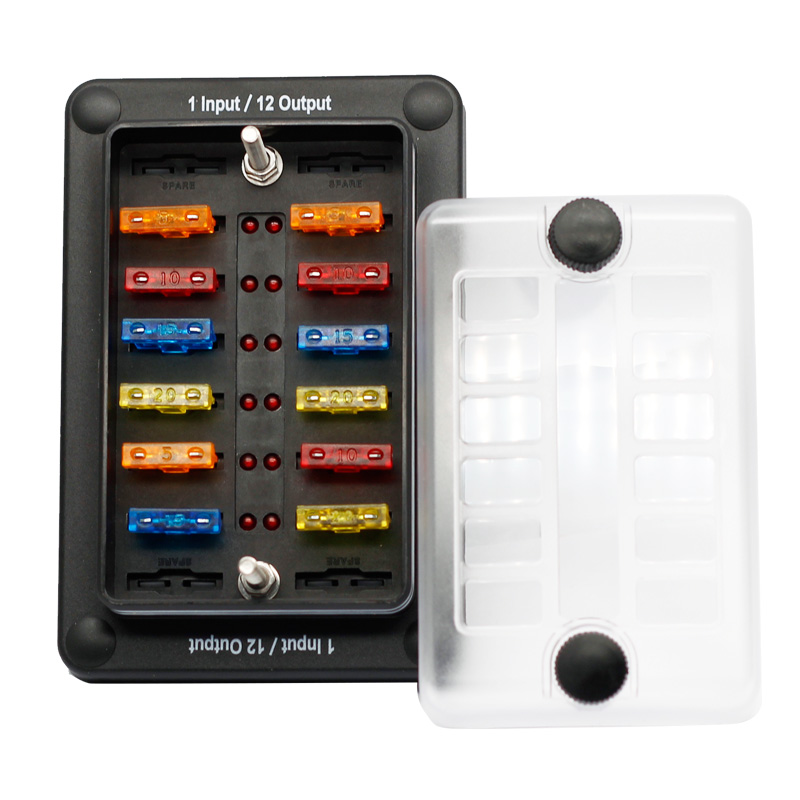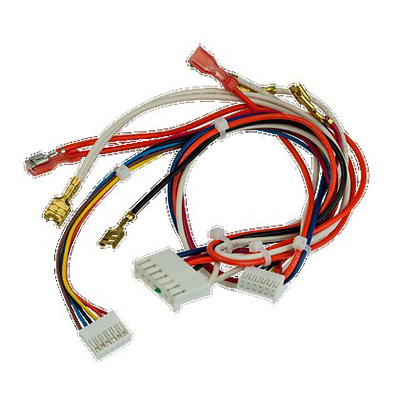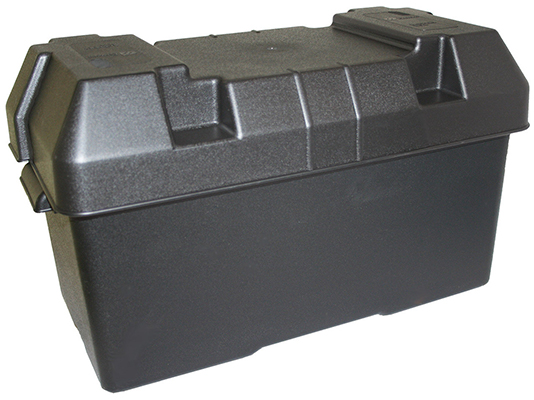A Comprehensive Guide to Vintage vs. Modern Compatibility in Car Fuse Holders for Classic Automobiles
News 2025-10-20
Car fuse holders are essential components in automotive electrical systems, protecting circuits from overcurrent and ensuring vehicle safety. For owners of classic cars, compatibility between vintage and modern fuse holders is a key concern when restoring or upgrading vehicles. Vintage models often use older materials and designs that may not integrate seamlessly with today’s standards, while modern holders offer enhanced features. This guide explores these differences, focusing on practical applications and performance benefits to help enthusiasts make informed choices.

Vintage Fuse Holders: Historical Design and Practical Uses
Vintage fuse holders, commonly found in cars from the 1950s to 1980s, feature materials like ceramic or glass fuses designed for lower amperage circuits. They excel in restoration projects where historical accuracy is prized, such as in car shows or museum exhibits. In daily driving scenarios, these holders provide reliable performance in simple electrical systems, with advantages including robust durability against vibration and ease of maintenance using period-specific parts. However, their limitations in handling modern power demands highlight the need for careful compatibility checks.
Modern Fuse Holders: Advanced Features and Integration Challenges
Modern fuse holders utilize innovative materials like high-temperature plastics and blade-style fuses, supporting higher current ratings and quicker fault detection. They are ideal for applications involving upgraded electronics, such as installing stereos or lighting systems in classic cars. Performance benefits include superior heat resistance, compact size for space-constrained engine bays, and enhanced safety through automatic reset options. Despite these advantages, integrating them with vintage wiring requires adapters or modifications to ensure proper fit and avoid electrical mismatches.
Frequently Asked Questions
1. What are the key differences between vintage and modern fuse holders?
Answer: Vintage holders typically use glass or ceramic fuses with lower capacity, while modern ones feature blade fuses and higher amperage ratings, offering better protection and easier installation.
2. Can modern fuse holders improve safety in classic cars?
Answer: Yes, they can enhance safety by providing better overcurrent protection and compatibility with contemporary components, but proper installation is crucial to prevent system failures.
3. How do I ensure compatibility when replacing a fuse holder?
Answer: Check the vehicle’s voltage system, fuse type, and amperage requirements, and use adapters if necessary to match the holder with the car’s original wiring.


